By Brandy Whisman, CSG policy analyst
One of the biggest questions among health policy experts and policymakers is how many people will lose insurance as a result of the current public health crisis? The answer is unknown, but many experts predict that there will be a significant impact on Medicaid spending.
The outbreak of COVID-19 continues to highlight the need for Medicaid as a health safety net for vulnerable populations. While many states are reopening, the economy looks vastly different from just three months ago. Many have their lost jobs, which has resulted in a loss of income and has created a need for non-employer provided health insurance. Historically, higher unemployment rates mean more Medicaid enrollees. As a direct result, states are reporting increases of up to 5% in new Medicaid enrollees and more Medicaid enrollee applications are expected. As unemployment rates continue to climb amidst a public health crisis, so does the need for health safety nets.
The National Association of Medicaid Directors (NAMD) predicts a surge in Medicaid enrollees in the coming weeks. NAMD shared several reasons for why a surge of enrollees is on the horizon:
- They are unaware of potential eligibility for Medicaid
- Food security comes first
- Eligibility offices are practicing social distancing
- They are still on employer covered insurance
- They may still be on parent’s insurance
- Medicaid growth takes time
The current public health crisis has resulted in job loss for millions. People who have never accessed public assistance are now learning what programs are available so that they can access help. States are seeing rapid growth in use of the Supplemental Nutrition Assistance Program (SNAP) and food assistance benefits. NAMD posits that this is because food security comes first for most people. As unemployed and underemployed individuals enroll in unemployment and food assistance, which is meeting their immediate needs, they can then look to health insurance needs.
Several states have announced deep cuts to Medicaid spending. States are already strained with Medicaid costs, and an increase in enrollees along with a cut to spending could cause even more financial issues. In conjunction with the rise in Medicaid enrollees, states will see less taxes as a result of less people working, creating a smaller stream of revenue. States cannot cut Medicaid enrollees based on eligibility criteria, meaning that the number of enrollees will not decrease. This creates additional complications in balancing a reduced budget with an increase in enrollees.
The Medicaid program is funded by state dollars, with federal matching (FMAP) at a fixed percentage rate. In response to Covid-19, Congress raised the federal contribution to states as a temporary measure. But, as Kaiser Family Foundation (KFF) notes, this temporary measure expires when the Covid-19 health emergency declaration is lifted.

